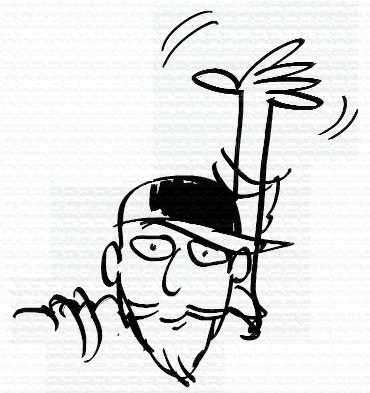Your Company's Trajectory: Up, Down, or Sideways?
At all times, in all companies, irrespective of size or industry, there is an Innate Trajectory(C) to their performance and viability that is independent of the economy, of the competition, of the current bottom line.
As that trajectory points - up or down - so will the company go. As the angle of the trajectory slopes, so will the company move: Quickly or slowly; up or down.
The Innate Trajectory(C) is not detected in the financials or even the KPI's; these are historic, retrospective measures. Their ability to show trends is very limited, even with the most sophisticated of models.
The Innate Trajectory is detected (and measured) by using the causes of it: The Drivers of Performance. (Nothing can show a trajectory better - or further ahead - than its causes.) They show both direction and intensity, at the very time they are creating the future. The Drivers, in fact, predict.
They can be identified - easily. They can be measured - simply. They can be changed - readily. As they change, they change the future.
Your thoughts are welcome. You can input your opinions and read those of others at the Comments button below.


